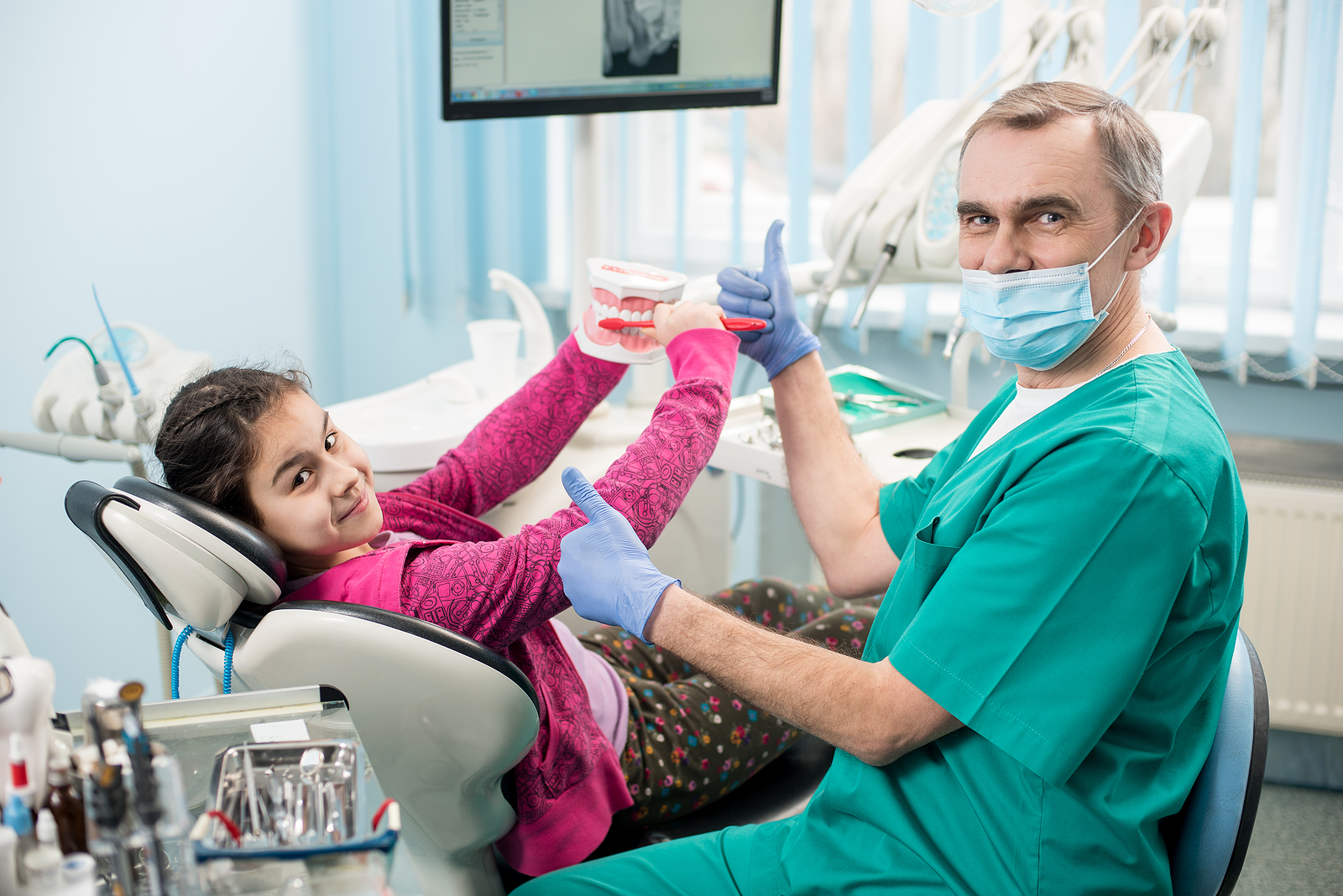As a parent, encountering a pediatric dental emergency can be daunting and stressful. It’s essential to know how to quickly recognize and effectively respond to situations such as a knocked-out tooth, a sudden toothache, or a broken tooth.
This guide provides critical insights into identifying dental emergencies, implementing immediate care, and understanding when to seek professional dental intervention, helping parents handle these scenarios with confidence and efficiency.
What Are Pediatric Dental Emergencies?
Pediatric dental emergencies involve situations where immediate dental care is needed to address severe pain, injury, or infection in a child’s mouth. These emergencies can be distressing for both the child and the parent, but knowing what to expect can help you act swiftly and effectively.
Here are some common types of pediatric dental emergencies.
Toothache
Toothaches in children can indicate underlying issues such as cavities or infections. It’s important to avoid placing aspirin on the gums or teeth, as this can cause damage to gum tissue. Instead, rinse the child’s mouth with water and apply a cold compress to reduce swelling until you can see a dentist.
Knocked-Out Tooth
If a permanent tooth is knocked out, it’s crucial to handle it by the crown, not the root, to avoid damage. Rinse the tooth gently with water, without scrubbing, and attempt to reinsert it into the socket. If this isn’t possible, keep the tooth moist in milk or saliva and seek immediate dental assistance.
Broken or Chipped Tooth
A chipped or broken tooth can often be saved if treated quickly. Collect any tooth fragments you find, and rinse your child’s mouth and the fragments with warm water. Apply a cold compress to reduce swelling and contact your pediatric dentist immediately for further instructions.
Dental Abscess
A dental abscess is a severe infection that can occur in the gums or at the root of a tooth. Symptoms include intense pain, facial swelling, and fever. Seek urgent dental care to prevent the infection from spreading, as abscesses can be life-threatening if not treated promptly.
Lost Filling or Crown
A lost filling or crown can expose a tooth to further damage or decay. Cover the exposed part of the tooth with sugar-free gum or dental cement if you cannot visit the dentist immediately. This temporary solution can help protect the tooth until professional dental treatment is available.
For expert care in addressing these and other pediatric dental emergencies, consider Junior Smiles of Stafford, your trusted . Their team of compassionate professionals is dedicated to providing gentle and effective treatments that ensure your child’s comfort and dental health.
How to Handle Pediatric Dental Emergencies at Home
Dealing with dental emergencies in children can be stressful, but knowing how to act swiftly and appropriately can make a significant difference in the outcome. Here’s a practical guide to managing common pediatric dental emergencies at home before you can get professional help.
Knocked-Out Tooth
If your child knocks out a permanent tooth, it’s crucial to keep it moist. Gently rinse the tooth without scrubbing to remove dirt, handling it by the crown rather than the root. Place the tooth in a glass of milk or your child’s saliva and head to the dentist immediately.
Toothache
Meticulously clean around the sore tooth. Using warm water, rinse the mouth to remove any food trapped between teeth. If swelling is present, apply a cold compress on the face and see a dentist as soon as possible.
Broken or Cracked Tooth
Use warm water to clean the area by rinsing your child’s mouth. A cold compress will help reduce swelling. Collect any broken tooth fragments. Avoid giving your child painkillers directly on the gums or teeth, as this can cause tissue damage.
Bitten Lip or Tongue
To reduce swelling, use water to clean the area and apply a cold compress. If there is significant bleeding, gently press a clean cloth against the area. If bleeding doesn’t stop after a short period, seek medical attention.
Object Caught Between Teeth
Use dental floss to gently remove any objects caught between your child’s teeth. Avoid using sharp or pointed instruments like pins or needles. If you can’t remove the object with floss, contact your dentist.
How to Prevent Pediatric Dental Emergencies
Preventing dental emergencies is crucial for maintaining a child’s oral health and well-being. Here are some practical strategies parents can adopt to minimize the risks of unexpected dental issues.
Regular Dental Checkups
Ensure your child visits the dentist regularly, at least, twice a year. These visits allow the dentist to detect and treat problems early, preventing them from escalating into emergencies. Regular checkups also familiarize your child with the dental office environment, reducing anxiety and resistance.
Proper Dental Hygiene
Teach your child to brush twice a day with fluoride toothpaste and to floss daily. This routine helps prevent tooth decay and gum disease, which are common causes of dental pain and emergencies. Make dental hygiene fun and engaging to encourage consistency and effectiveness.
Use of Protective Gear
Encourage your child to wear a mouthguard during sports and recreational activities. Mouthguards can significantly reduce the risk of teeth injuries like cracks, chips, or avulsions. They are especially important in contact sports or activities where falls and collisions are common.
Conclusion
In conclusion, pediatric dental emergencies require prompt attention and appropriate care to minimize the impact on a child’s dental health.
By understanding the common types of pediatric dental emergencies, taking preventive measures, and knowing how to handle emergencies at home, parents can play a crucial role in ensuring their child’s oral .
It’s important to be proactive about regular dental checkups, childproofing the home, and staying informed about pediatric dental emergencies to be prepared for any unexpected situations
By being proactive and informed, parents can help their children maintain healthy smiles and minimize the risk of dental emergencies.




